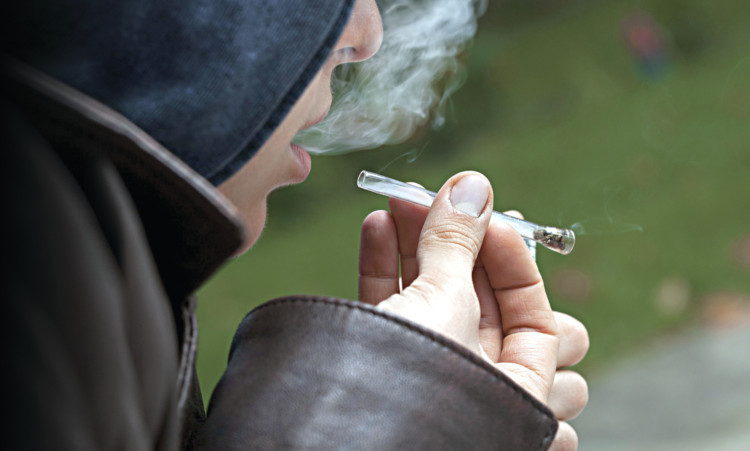
Tens of millions of pounds of taxpayers’ cash has been spent on sick benefits for alcoholics and drug addicts.
The latest figures show there are more than 21,600 problem drinkers and addicts living on state handouts with more than a quarter in the north of England.
Most are too sick to work because of their addiction, meaning the taxpayer is effectively funding them to stay at home.
Last night, Robert Oxley, Campaign Director of the TaxPayers’ Alliance, said the statistics provided a “staggering” insight into Britain’s deep-rooted dependency culture.
He said: “Addiction destroys lives and costs taxpayers a fortune in treatment. Continuing to subsidise dependency helps no one and is an appalling waste of taxpayers’ money.
“Getting people clean rather than forgetting them is the only acceptable and affordable solution to tackling this problem.”
Official Department for Work and Pensions (DWP) figures show 6,430 people in the north of England were claiming Disability Living Allowance (DLA) in May, 2013, the latest figures available because of drink and drugs problems. That is nearly 30% of the UK total of 21,630. The estimated average DLA bill for drug addicts and alcoholics in the UK in May was £7.28 million or £87.4 million for the year.
The figures were released under Freedom of Information laws. Major cities such as Manchester and Liverpool and large areas such as County Durham had the largest number of people claiming.
However, per head of population, Blackpool, Lancashire, had by far the highest percentage of claims for drink and drugs problems. Hundreds more addicts and drinkers were claiming in other hotspots, including Blackburn, Barrow-in-Furness and Newcastle.
The allowance, which is being phased out this year, can be paid while the claimant works for example, to those who are deemed disabled but capable of some form of job.
But the vast majority are too sick to work because of drink and drugs.
The figures also showed 3.3 million people with varying disabilities claimed DLA last year, at a cost of £250 million to the taxpayer. Half of those only had to fill in a form to claim their cash.
Under the new Personal Independence Payment (PIP) scheme, every new claimant should be checked by a doctor before receiving payments. Those receiving DLA cash before October last year are also being assessed to determine if they’re entitled to the handout.
Tests look at whether their disabilities, including drug addiction or alcoholism, impairs their ability to carry out everyday activities such as washing, dressing, cooking and walking. Assessments will take place regularly to see if their condition has improved.
The results will determine whether they are still entitled to the payments, which range from £21 to £79.15 a week.
A spokesperson for the Department for Work and Pensions said: “DLA is an outdated benefit introduced over 20 years ago and was very much a product of its time.
“Under DLA around 50% of decisions are made on the basis of the claim form alone without corroborating medical evidence.
“And 71% of DLA claimants get indefinite awards without any systematic checks to see if they still need it.
“We’re rolling out the Personal Independence Payment with a face-to-face assessment and regular reviews to ensure the correct support is going to those who need it most.”

Enjoy the convenience of having The Sunday Post delivered as a digital ePaper straight to your smartphone, tablet or computer.
Subscribe for only £5.49 a month and enjoy all the benefits of the printed paper as a digital replica.
Subscribe